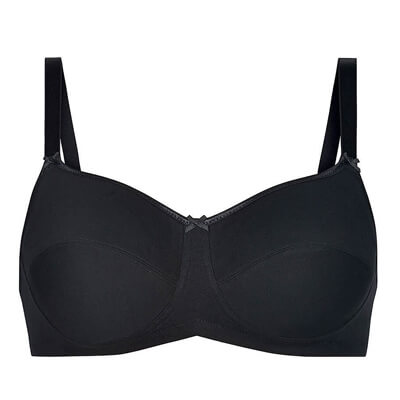

Marena’s medical-grade compression fabric provides all-day comfort after your surgical procedure and doesn't impede movement. Whether you are planning on having a breast augmentation or a breast reduction surgery, our recovery bras are for you. Breast compressions can help with this.Compression bras are designed to promote comfort and extra support following breast surgery. Babies may also choose to pull away from the breast when milk isn’t coming as quickly. In the first few weeks of life, babies may fall asleep at the breast when there’s slow milk flow and not necessarily when they’re full.(Beyond milk production benefits, this will also help to keep your nipple and breast from being injured.) In addition to using breast compressions, it’s important to check baby’s latch. Remember: A baby gets more milk when they’re well latched.(If everything is going well, you can just allow baby to finish feeding on the first side and then offer the second breast without compressions.) Breast compression may not be necessary if everything is going well or you have very fast let down.Breast compressions may be particularly beneficial in the first few days as you try to help baby get every bit of colostrum (liquid gold!) possible out of your breast.This is normal, and after enough time has passed for the milk to begin flowing again, they may go back to sucking! Many babies take a bit to begin sucking again after you release the compression.You should ideally begin breast compressions when your baby has stopped drinking much, but is still awake.Here are some additional tips and tricks that may help: you have more milk that you want to express.

You may wish to continue switching back and forth between breasts following this same process each time if:

However, if baby doesn’t start to drink again fairly quickly, you’ll want to remove them from the breast to prevent unnecessary nipple soreness. It can be a good idea to leave baby on the breast a little longer after this point is reached, just in case you get another letdown reflux that causes baby to start to swallow again on their own. Continue doing this on one breast until baby will no longer suck, even with breast compressions.You should try at least 2 or 3 different hand locations around the breast. If baby doesn’t continue drinking, try breast compressions again, rotating your hand around the breast.Continue to hold the breast compression until baby stops drinking.You should hopefully notice that baby begins drinking again. Try to avoid squeezing so hard that the areola changes shape inside baby’s mouth or that the compression hurts you. No need to roll your fingers down the breast towards baby. When baby is no longer drinking with a wide open mouth-pause-close mouth suck pattern, compress your breast to increase the external pressure.Watch baby as they feed and observe to make sure that their jaw is dropping, indicating they’re swallowing milk.(Your fingers should be near the chest wall and not the nipple.) Encircle it so that the thumb is on one side of the breast and the other fingers are on the other side close to the chest. Support your breast with the other hand.Help your baby to properly latch and double-check the latch.Make sure you have any supplies (e.g., nipple cream, diapers, water bottle, pump) that you might need available nearby. Find a comfortable place and position to breastfeed.By now you’re probably wondering, how do you properly do breast compressions? Here’s the good news: The process is probably simpler than you think!


 0 kommentar(er)
0 kommentar(er)
